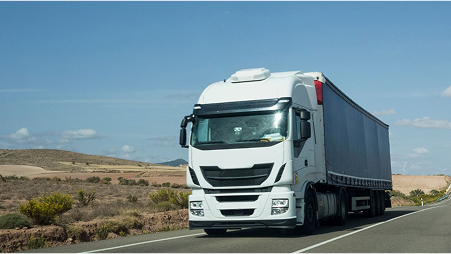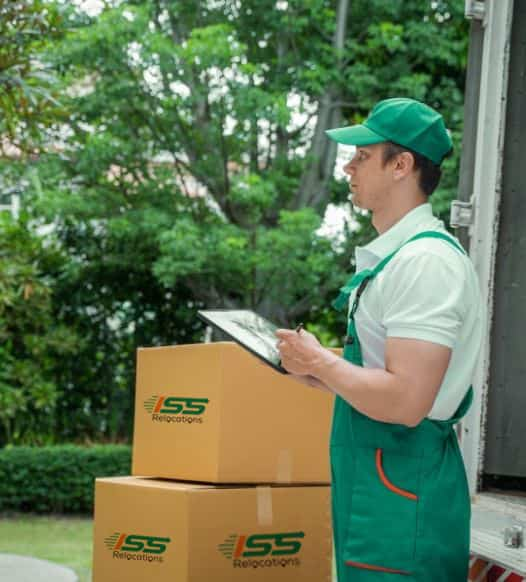
Unraveling the Rationale Behind Shipping Lines’ Hazardous Fees for Personally Owned Vehicles (POVs)
A big shout-out to Allyson Nordstrom-Geraghty at Arpin for sharing insights into the intricacies of hazmat fees/hazardous fees.
Query: 1) What additional measures does the steamship line adopt when applying a hazardous fee? And 2) If a hazardous fee is levied, does it involve a specialized vessel? Just curious about the extra benefits for the additional charge.
“Hazmat fees” or hazmat booking fees/surcharges represent payments facilitating hazmat-related companies (e.g., steamship lines) in managing costs associated with hazmat safety standards compliance (accurate cargo declaration vs. misdeclaration). The primary objective is to correctly declare containers and securely load/stow them on vessels in accordance with the International Maritime Dangerous Goods (IMDG) Code and the Code of Federal Regulations (CFR).
Hazmat bookings necessitate additional personnel involvement at the shipping line during the booking process – collaboration with both the traditional booking team and the hazmat team, specially trained in the IMDG code (with obligatory training renewals every 2-3 years for booking approval under the IMDG code and the line’s specific requirements). All individuals handling hazmat/DG, myself included, must maintain an active training certificate, subject to renewal every few years (as stipulated in the IMDG and CFR).
The fee is also linked to the lines undertaking extra efforts to inform transshipment ports of the hazmat contents on their vessel, ensuring awareness among local port operators in host countries during loading transfers from one vessel to another. Occasionally, rerouting may be necessary if a port in rotation prohibits the transshipment of hazmat/DG, as seen in instances like the Port of Piraeus. Additionally, it may be associated with partner vessels sharing routes that may not permit hazmat under certain circumstances.
Loadmasters must exercise special caution with hazmat/DG FCL containers and their load plans – depending on the hazardous class, containers may need placement on different decks (closer to the open/top deck or even on open decks) to adhere to IMDG/SOLAS and internal safety requirements (Safety Of Life At Seas, part of the UN treaty within the International Maritime Organization). Specific UN declarations based on class and code necessitate precise instructions and placement.
Regarding booking vehicles as hazmat/DG, a specific set of Containerized Cargo Transport Units (CTUs) must be followed when explicitly declared. This involves additional lashing/blocking/bracing and general education to ensure the safe transport of hazmat POVs.
There’s also the aspect of increased liability and risk associated with transporting hazmat/DG. While the IMDG code provides comprehensive instructions on handling/packing/loading/transporting hazmat/DG, there remains an inherent risk when transporting these specific dangerous goods, categorized into nine classes. The unpredictable nature of dangerous goods underscores the shared risk in their transportation.
Plan Stress-free Move with Top Moving Company in UAE - ISS Relocations

Moving Company - Recent Blog
Stay informed and prepared for your next move with our latest blogs on moving services in the UAE. From expert packing tips to international relocation guides, ISS Relocations brings you up-to-date insights to make your moving experience smoother, safer, and stress-free.










